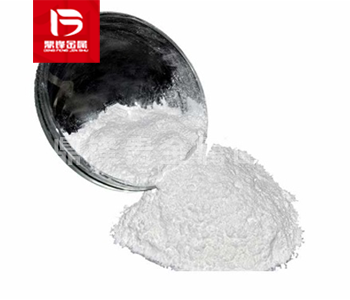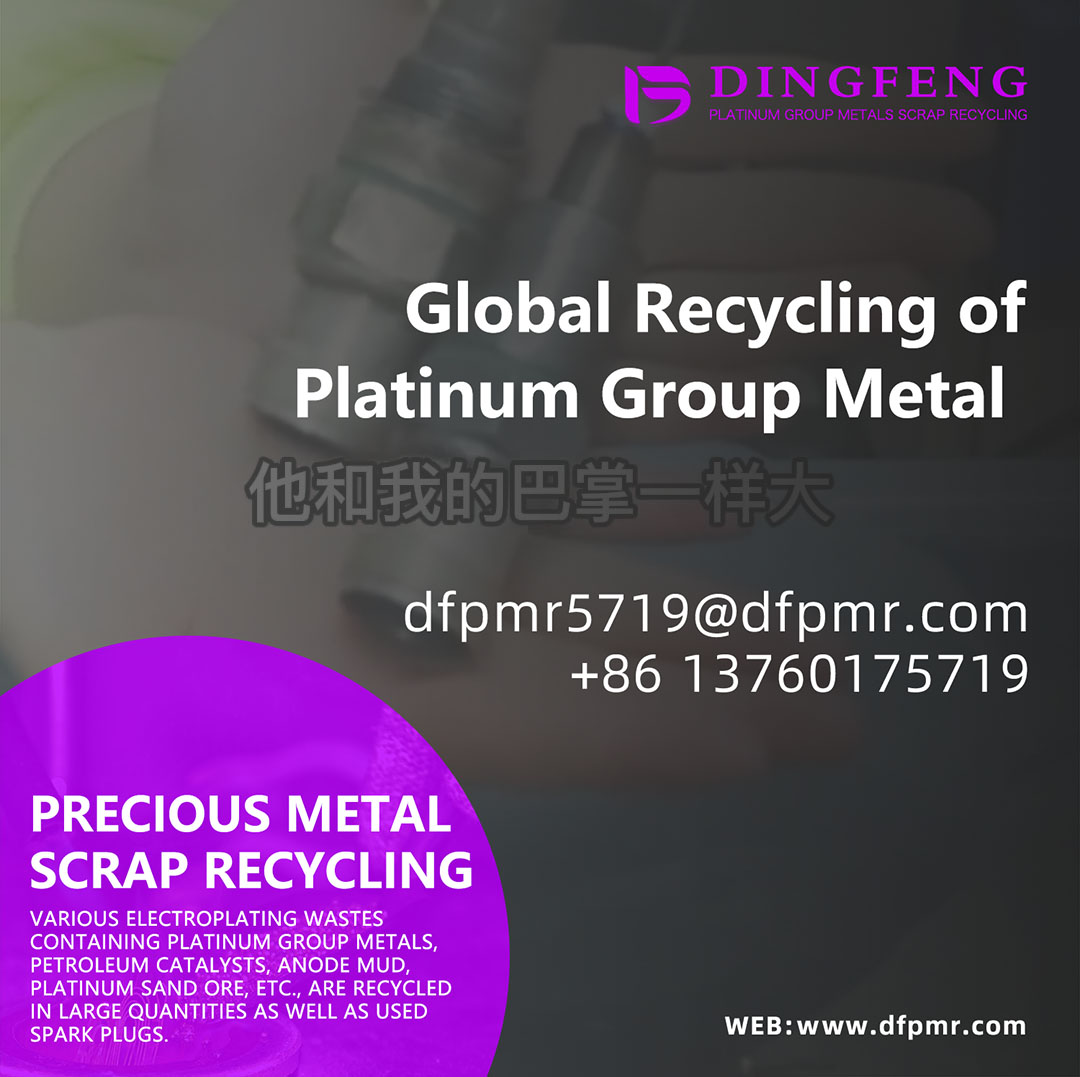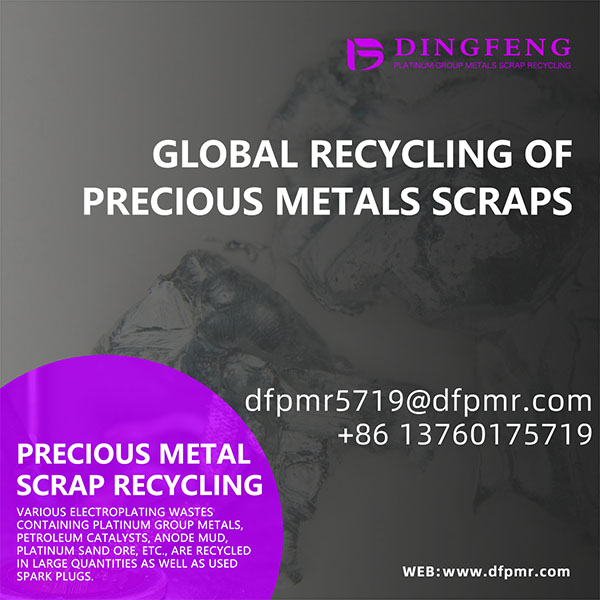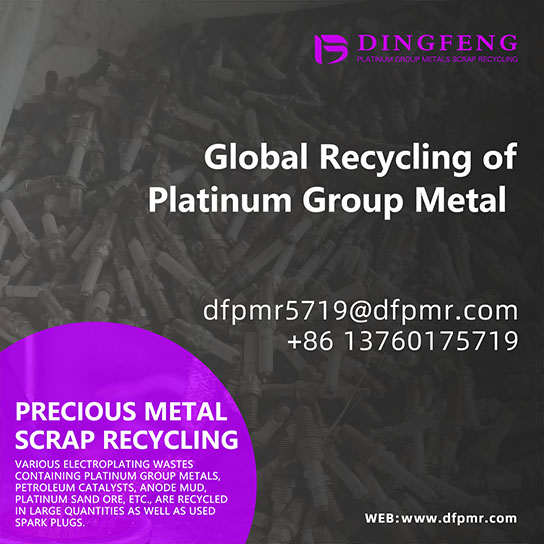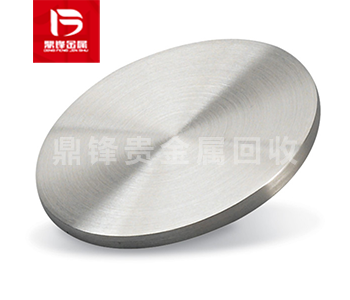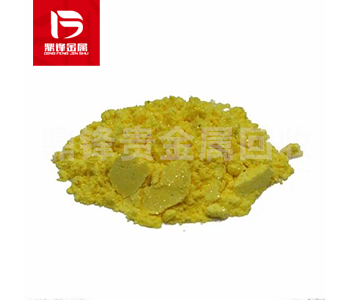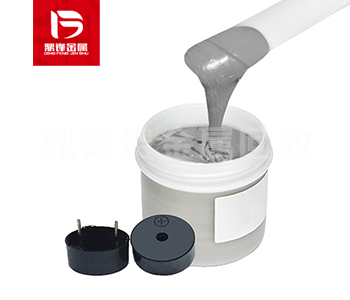Indium(III) hydroxide recovery_ Recovery of trihydrate indium oxide_ Rare metal catalyst recycling manufacturer
Indium hydroxide (In(OH)3) is an inorganic compound composed of indium ions (In3+) and hydroxide ions (OH-). It is a white solid, usually in the form of amorphous powder or crystals. Waste indium hydroxide is one of the sources of recycling indium-containing precious metal catalysts. Other sources of recycling indium-containing precious metal catalysts include indium sulfide recycling, indium oxide recycling, indium fluoride recycling, indium acetate recycling, indium chloride recycling, etc.
Product Details
Indium(III) hydroxide (In (OH) 3) is a Inorganic compound, which is composed of indium ion (In3+) and Hydroxide ion ion (OH -). It is a white solid, usually present in the form of amorphous powder or crystals.
Indium(III) hydroxide can be prepared by several methods. Here are two commonly used preparation methods:
1. Precipitation method: precipitation method is a common method to prepare Indium(III) hydroxide. First, the indium salt (such as ammonium indiate, Indium(III) nitrate, etc.) is dissolved in an appropriate solvent, usually using distilled water. Then, sodium hydroxide or ammonium hydroxide is added to the indium salt solution to react to generate precipitation. The reaction equation is as follows: In3++3OH - In (OH) 3
During the reaction process, attention should be paid to controlling the pH value of the solution, usually under neutral or weakly alkaline conditions. After precipitation is generated, it can be separated by filtration or centrifugation and washed with distilled water to remove impurities. Finally, Indium(III) hydroxide was precipitated and dried at an appropriate temperature to obtain pure Indium(III) hydroxide powder.
2. Hydrothermal method: Hydrothermal method is also an effective method to prepare Indium(III) hydroxide. Firstly, dissolve the indium salt in an appropriate solvent, usually distilled water. Then, add an appropriate amount of alkali (such as sodium hydroxide or ammonium hydroxide) into the reaction solution and stir it evenly. Next, place the reaction solution in a high-temperature and high-pressure reactor for hydrothermal reaction, usually between tens to hundreds of degrees Celsius and tens to hundreds of atmospheres. The reaction time is usually several hours to dozens of hours to fully generate Indium(III) hydroxide.
Hydrothermal method can promote the formation of Indium(III) hydroxide and control the size and shape of particles by using the chemical reaction kinetics in solution under high temperature and pressure. After the reaction is completed, cool the reaction solution to room temperature and wash the precipitate with distilled water. Finally, Indium(III) hydroxide is precipitated and dried to obtain the desired product.
Waste Indium(III) hydroxide is one of the sources of recovery of indium containing noble metal catalysts. Recovery of indium containing noble metal catalysts includes Indium(III) sulfide recovery, indium oxide recovery, Indium(III) fluoride recovery, indium acetate recovery, Indium(III) chloride recovery, etc. If you have any demand for the recycling of catalyst waste containing indium precious metals, please call our 24-hour service hotline. Dingfeng Precious Metal Recycling and Refining Factory has its own recycling and refining factory without intermediaries to earn price differences. Our professional technical team and customer service personnel provide one-on-one services to ensure customer privacy during the recycling process.


